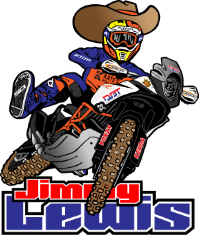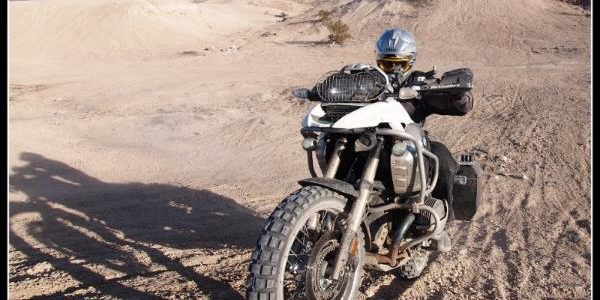Your motorcycle likely has a lot more torque than you give it credit for having. Most riders constantly explore and test the upper limits of horsepower and RPM, but many have never ventured to the bottom of the power curve, where traction and control really begin. On most bikes, especially newer fuel injected bikes, if the throttle is just barely cracked it is very difficult to get the bike to stall. Stalling usually occurs when the timing of the throttle and the release of the clutch is combined so that the clutch is released when the throttle is shut. More often than not the throttle is bouncing from on to off and back again. To make up for poor timing, most will overcompensate by slipping the clutch too much, with bigger throttle openings (higher power, using the clutch to limit the power.) This wears the clutch and generates a lot of extra heat in the engine, yes, that power has to go somewhere.
The way to learn and practice this is to take the weight off the throttle slide (or butterfly valve) through the throttle cable (or wire on new bikes). This starts feeding the engine some gas and air, and with it enough power to build more torque than you’ll likely need for any sort of take-off. You don’t want the engine to increase RPM much above idle. At this time you can slowly release the clutch and any building RPM is countered with pressure from the clutch. Timing and feel is the key and you want to make sure you are not feeding too much throttle. Often you don’t need any throttle at all if you have good clutch control. Yet having all the tension out of the throttle cable puts you that much more in charge of it.
Another way to understand your bike’s power, is to ride along in first gear without any throttle. Let the bike lug down and most of the time it will not even stall on level ground or even on a slight uphill grade. You can even drag the brake a little to see how strong the bike is just at idle. Then try just barely opening the throttle and dragging the brake even more to see how that bottom end torque will push you; something you would have never expected. Learn how much power the bike has at lower RPM’s and remember that a lot of energy, from both the rider and the engine, is wasted with too much throttle and too much clutch slipping when it isn’t really necessary. Practice this and pay attention to the sound and the feel of the bike and learn to trust the torque.








